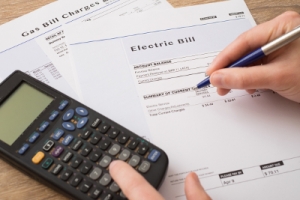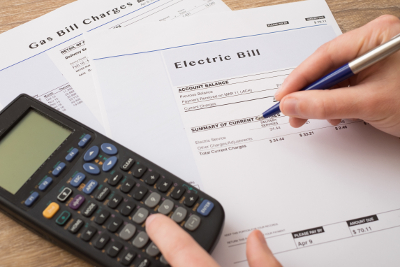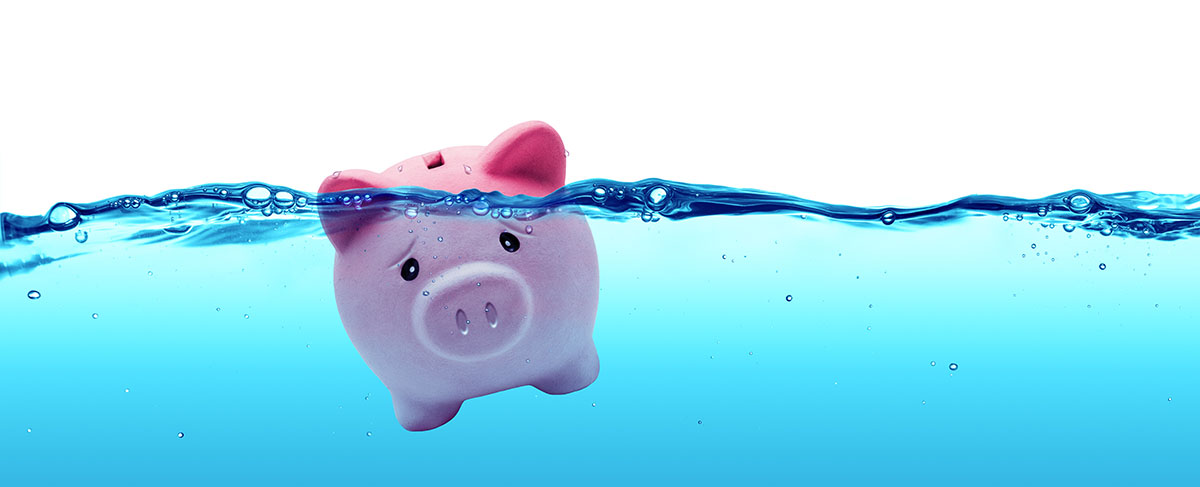Your Arizona Utility Bills and Bankruptcy Proceedings
While utility bills are a mundane monthly expenditure, they can add up to a hefty sum. If you’re already struggling financially, chances are that you’re overwhelmed by the utility bills. Filing an Arizona bankruptcy is a good option for debt management but does it have any impact on utility bill debt you’ve accumulated and on service provision? Let’s find out about utility bills and bankruptcy proceedings.
Can You Use Bankruptcy to Deal with Utility Bills?
Late payments will usually lead to service discontinuation. You may have your electricity supply cut off and the same will apply to your telephone. Is it possible in such situations to use bankruptcy filing for the purpose of getting a clean slate?
Chapter 7 bankruptcy is the one needed for debt discharge. To qualify for Chapter 7 bankruptcy in Arizona, however, you will have to pass the means test (your income should be below the median for the state, which is 4,059 dollars per household as of 2016.
If you do qualify for Chapter 7 bankruptcy, utility shut-off can be prevented. Under federal law, utility companies cannot pursue debt collection once the bankruptcy filing is a fact. In addition, they legally cannot deprive you of a chance to use the respective service like gas or electricity.
As far as utility debt is concerned, certain procedures will have to be followed.
For a start, the utility debt will have to be listed in your bankruptcy schedule. This way, you will be entitled to protection against collection efforts and service termination. In addition, you will also have to prove to the utility company that you’ll be capable of making the necessary payments in the future. The process is known as adequate assurance and it has to be completed within 20 days from listing the utility bills and bankruptcy filing.
Adequate assurance can be provided in the form of:
- A cash deposit to the respective service provider
- A certificate of deposit
- A pre-payment for the services you’re going to be using in the future
- A letter of credit
Are There Differences between Chapter 7 and Chapter 13 Filings?
Obviously, Chapter 7 and Chapter 13 bankruptcy filings are not one and the same thing. While debt discharge occurs following the liquidation in a Chapter 7 bankruptcy, a Chapter 13 bankruptcy has the debtor making monthly payments back to creditors.
The payments made in a Chapter 13 plan are set in the very beginning of the process and approved by the bankruptcy trustee. These sums are distributed between the creditors and they will last for a period in the range from three to five years.
In a Chapter 13 bankruptcy, utility debt is categorized as unsecured non-priority debt. This means that you will probably have to pay just a portion of the sum. The rest of the debt will eventually be discharged upon the completion of the three to five-year plan.
On top of having to handle debt during your Chapter 13 bankruptcy, you will also be responsible for paying the current utility bills.
 As far as a Chapter 7 bankruptcy is concerned, most unsecured debt will be wiped out. This includes the sums that you owe to utility companies. There’s one exception and it applies to an account that is nearly paid in full. In that instance, you do not have debt. The absence of outstanding debt makes it impossible to get a discharge and protection from further collection efforts. In addition, the utility companies will be free to bill you and to demand payments while the bankruptcy proceedings are ongoing because the respective account is not a part of the lumped unsecured debt.
As far as a Chapter 7 bankruptcy is concerned, most unsecured debt will be wiped out. This includes the sums that you owe to utility companies. There’s one exception and it applies to an account that is nearly paid in full. In that instance, you do not have debt. The absence of outstanding debt makes it impossible to get a discharge and protection from further collection efforts. In addition, the utility companies will be free to bill you and to demand payments while the bankruptcy proceedings are ongoing because the respective account is not a part of the lumped unsecured debt.
Regardless of the bankruptcy chapter that you qualify for, you will have to make regular utility payments upon the completion of the discharge. If you fall behind, you will not be entitled to any kind of protection. Consult experienced bankruptcy lawyer to thoroughly assess your situation before bankruptcy filing.





